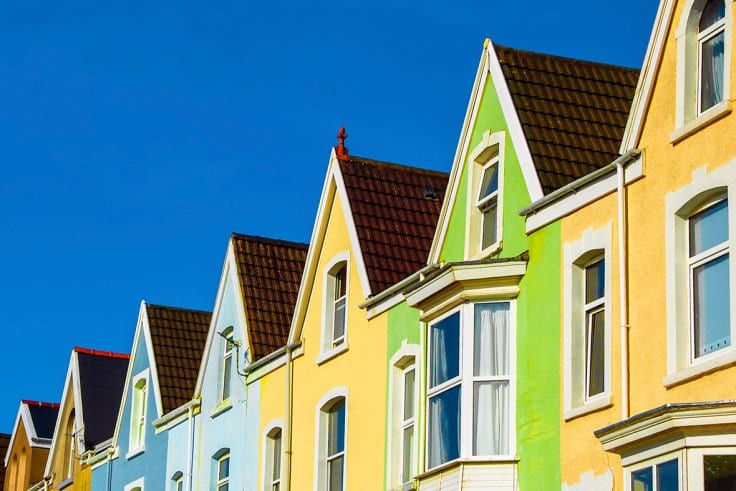After several years of rampant price growth, particularly in London and the southeast, growth in UK house prices finally slowed last year according to major mortgage lenders. Recent figures released by the Halifax Bank and Nationwide Building Society, both big mortgage lenders in the UK, concur that on average house prices across the UK rose by 2.6%-2.7%. That’s under half the 6.5% rate of growth seen over the course of 2016.
Perhaps of most concern for the strength of the housing market this year is the fact that slowdown gathered pace over the duration of 2017. Halifax reported the prices actually dropped in December with the average price of a residential property sliding by 0.6% to £255,021. Nationwide also said that December 2017 was its weakest month for mortgage lending since the end of 2012.
Halifax has attributed the underlying cause of sluggish house prices to Brexit-related economic uncertainty and the squeeze on household incomes increasing inflation has led to. The drop in the value of pound sterling since the Brexit referendum has fuelled higher inflation levels due to imports priced in other currencies becoming relatively more expensive when denominated in pounds. Inflation hit a five and a half year peak of 3.1% in November last year and is expected to see further increases this year.
However, economists do not seem overly concerned. It is pointing out that after the pace of house price growth over the past several years, values are already stretched in comparison to incomes, which have increased at a slower pace. With current mortgage rules meaning borrowers can only borrow up to 4.5 times their annual income, at some point growth had to slow down to allow incomes to catch up. Average UK house prices are already 5.6 times average incomes, a multiple that increases to a whopping 14.5 times in London.
For now, those with investment properties and homes can take comfort in the fact that a hard correction is not expected. Average growth rates are forecast to drop again this year and possibly next before slowly returning to a positive trajectory. There will also be increased regional variation. Many areas where house price growth and recovery from the financial crisis lagged are still seeing strong growth now as prices catch up. Others, such as London and the southeast, where price growth was fastest, are likely to see stagnant or even sliding prices for a year or two.


